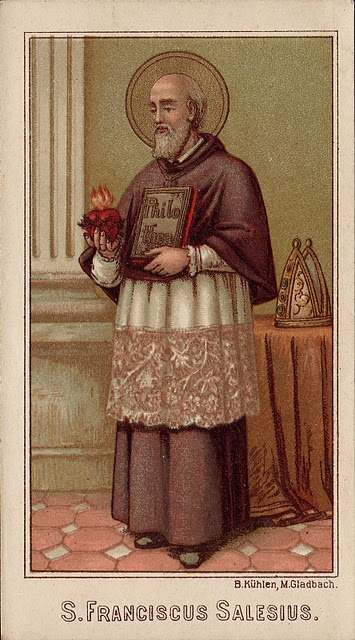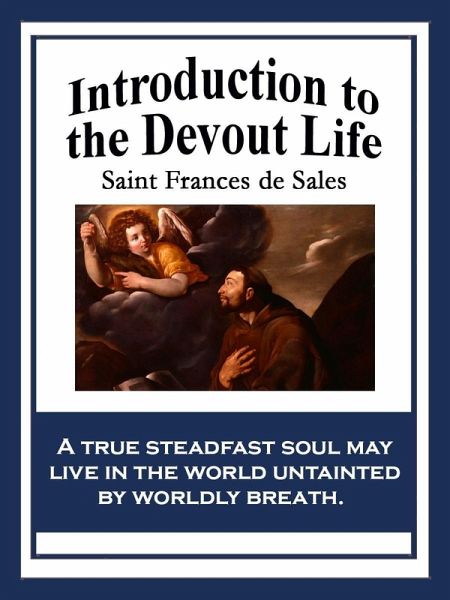

Each of us should discover our leading grace. Newbies would do well to find a few tour guides who can show them around what they know and love, but without pushing it as the best-or-only path for everyone. It’s a sad reality that the formation catechumens and candidates receive is almost always superior to what is provided to everyone else.Ĥ) The Church is even bigger than you thought, and it’s easy to get lost. If you’re a convert, don’t let it make you feel proud – or frustrated. If you’re a cradle Catholic, don’t let that discourage you. New Catholics need to allow themselves some time and space to acclimate.ģ) Those who enter the Church through OCIA probably know more about the Catholic faith than at least 75 percent of their co-religionists. Worse than either, though, are those who will push new Catholics into leadership roles too quickly. But remember: the best way to keep your own faith growing is to contribute to the formation of others.Ģ) There are some people who seem ready to canonize new Catholics while the chrism is still wet on their foreheads, and others who are equally ready to view them with doubt. After that, the training wheels come off and you are ready to ride. The Order of Christian Initiation of Adults (OCIA) is a guided process of intense catechesis and prayer aimed toward baptism, confirmation and Eucharist. No one can replace us in the responsible freedom that we have as individual persons” (“ Pastores dabo vobis,” No.

John Paul II said, “All formation … is ultimately a self-formation.


What would have been helpful over the past 40 years? Here are a dozen things I wish I had heard and internalized sooner, and some concrete items that established Catholics ought to consider.ġ) Formation never ends, but you’ll be (mostly) doing it yourself from here on out. But in truth I had only a vague notion of the deep waters I was wading into. Becoming a Roman Catholic was one of the best decisions I ever made, and certainly the most life-changing.


 0 kommentar(er)
0 kommentar(er)
